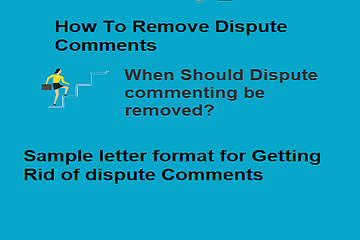Credit Cards for bad credit or no credit
You should understand the various options and choose the one which is the best credit card for bad credit. If you have no credit or are a beginner who just started to build your credit then the only option you could choose the credit cards for beginners or credit cards for no credit. Before applying for credit cards to build your credit score, it’s important to understand how they truly impact your FICO rating. When discussing credit limits, we’re only talking about normal credit cards, which are called revolving lines of credit. This means if you have a $1000 limit and a $600 balance, you can still spend $400.
Credit cards to build credit
When you have bad credit, a secured credit card is the only option you have. That’s what we got for Brian, and by maintaining a good payment history on his secured credit card, he raised his credit rating by nearly 50 points in less than a year. Here’s a list of the best-secured credit cards for bad credit to apply for, including the Open Sky Secured Visa and Discover It Secured.
Also, keep a credit card issuer’s customer service track record. J.D. Power releases a study every year on credit card customer satisfaction. According to J.D. Power, the top three card issuers are American Express, Discover, and Capital One. These are the companies most likely to resolve your issues on the first call. As for banks, Capital One, BB&T, and Chase take the top marks.
Secure credit card for bad credit is the best option
Use Secured credit cards to build credit (which are prepaid) and store credit cards that act more like installment loans on your credit report. This means if you have a $1000 limit and a $600 balance, it still shows on your credit report as a $1000 loan with no available credit.
Avoid cards with high fees and bad customer service. In 2021, the worst credit cards include First PREMIER Bank Gold Credit Card, Bancorp South Gold Mastercard, and Arvest Bank Visa Classic Card. These cards may hurt your credit rating more than they help.




0 Comments